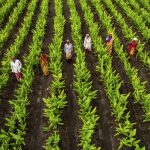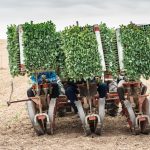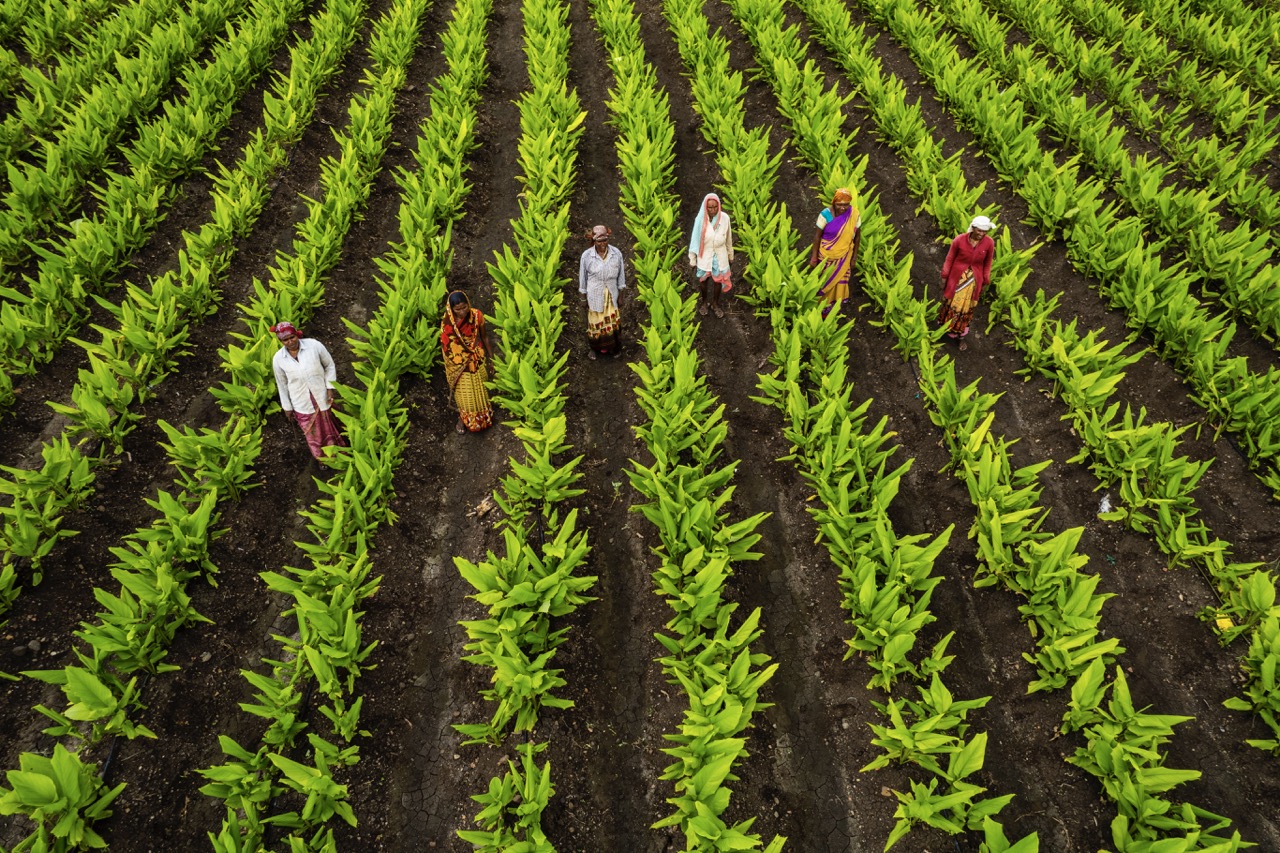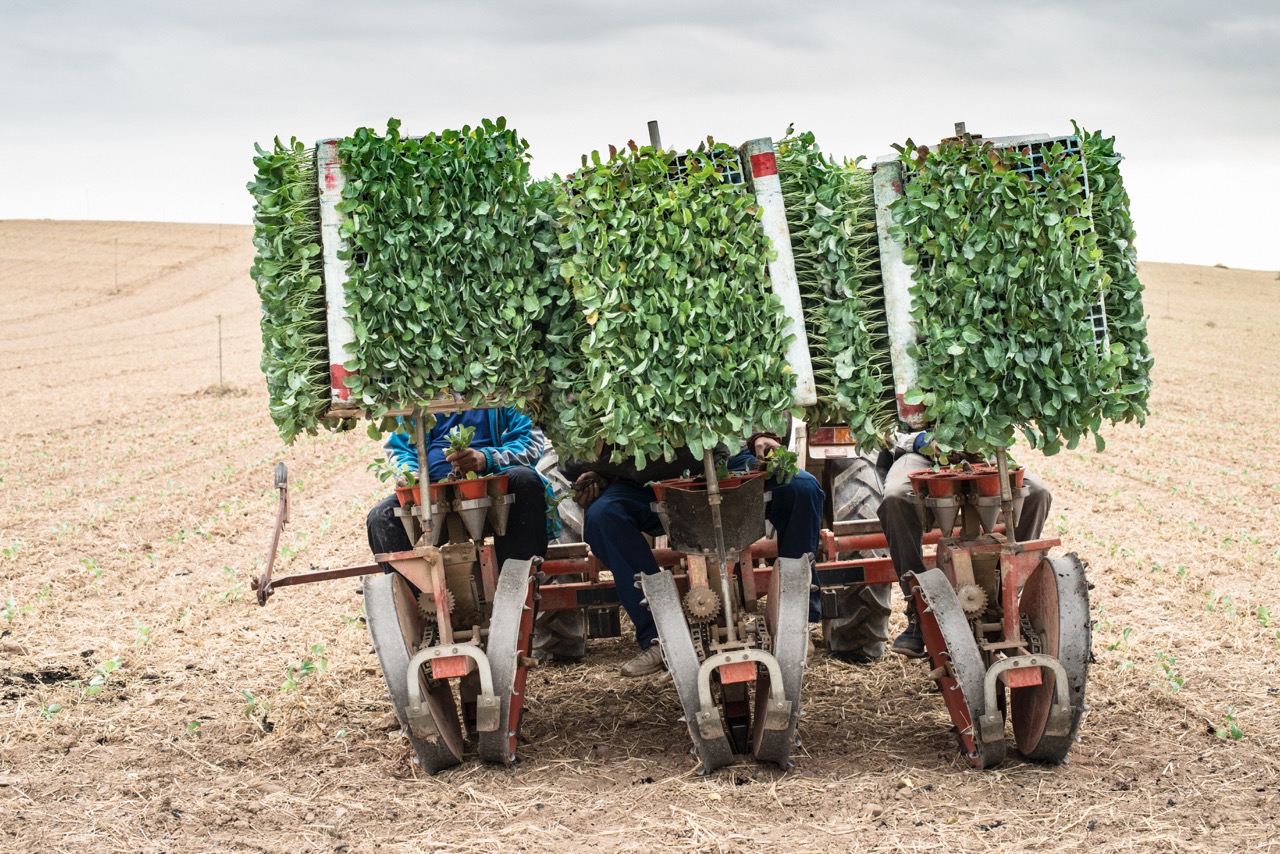Soil conservation is an essential aspect of sustainable agriculture, as it directly influences food security, environmental health, and economic stability. In a world where the pressure on land resources is intensifying due to population growth and climate change, protecting the integrity and fertility of soil has never been more critical. Understanding soil conservation and implementing effective techniques can lead to sustainable farming practices that benefit both farmers and the environment.
Understanding Soil Conservation: A Key to Sustainability
Soil conservation refers to a set of practices aimed at preventing soil degradation and maintaining its health and productivity over time. This discipline encompasses various methods designed to enhance soil structure, retain moisture, and protect against erosion, thereby ensuring that land remains arable for future generations. As a vital component of the ecosystem, soil serves as a habitat for numerous organisms and plays a crucial role in water filtration and nutrient cycling.
The importance of soil conservation in sustainable agriculture cannot be overstated. Healthy soil acts as a foundation for productive farms, supporting the growth of crops while also providing essential ecosystem services. However, factors such as deforestation, overgrazing, and improper agricultural practices have led to widespread soil erosion and degradation. As a result, achieving sustainability in agriculture hinges on our ability to protect and restore the soil.
Moreover, soil conservation is closely linked to climate resilience. Healthy soils can sequester carbon, reducing greenhouse gas emissions and mitigating climate change impacts. By adopting conservation practices, farmers can enhance their land’s resilience to extreme weather events, such as droughts and floods, which are becoming increasingly common. Thus, soil conservation is not just an agricultural necessity; it is a critical strategy for fostering a sustainable future.
The Role of Healthy Soil in Agricultural Productivity
Healthy soil is a cornerstone of agricultural productivity, as it directly affects crop yields and the quality of produce. Fertile soil is rich in organic matter and nutrients, which are essential for plant growth. When soil health is compromised, crops become more susceptible to pests and diseases, leading to reduced yields and increased reliance on chemical inputs. This cycle can further degrade soil health, creating a challenging environment for farmers.
Additionally, healthy soils enhance water retention and drainage, which are key factors in successful farming. Soils that are well-structured can absorb rainwater, reducing runoff and the risk of flooding while also providing moisture during dry spells. This capacity to regulate water enhances crop resilience, allowing farmers to produce more food with fewer resources. In contrast, degraded soils tend to lose their ability to hold moisture, leading to increased irrigation demands and higher production costs.
Furthermore, investing in soil health can lead to economic benefits for farmers. Increased productivity can result in higher profits, while reduced input costs mitigate financial risks. Sustainable soil management practices, such as crop rotation and cover cropping, not only improve soil health but also contribute to the long-term viability of farming operations. In this way, a focus on soil conservation can create a win-win situation for both farmers and the environment.
Techniques and Practices for Effective Soil Conservation
There are several techniques and practices that can be employed to conserve soil effectively. One common method is contour farming, where plowing and planting are done along the contours of the land. This approach helps to slow down water runoff and reduces soil erosion. Another effective practice is the use of cover crops, which are planted during off-seasons to protect the soil from erosion, enhance soil fertility, and improve moisture retention.
No-till farming has gained popularity as a soil conservation technique that minimizes disturbance to the soil structure. By leaving crop residues on the surface and not plowing, farmers can maintain soil integrity, reduce erosion, and foster a diverse microbial community. Additionally, agroforestry practices, which integrate trees and shrubs into farming systems, can significantly enhance soil health by improving organic matter content and providing shade and windbreaks for crops.
Education and community engagement are also critical components of effective soil conservation. Farmers must be aware of the benefits of soil conservation techniques and how to implement them. Workshops, extension services, and local farmer organizations can play a vital role in disseminating knowledge and fostering a culture of sustainable practices in agriculture. By working together, communities can promote soil conservation as a shared responsibility.
Future Challenges: Protecting Soil in a Changing Climate
As the impacts of climate change become increasingly evident, protecting soil poses significant challenges for sustainable agriculture. Changing weather patterns, such as more frequent and intense storms, droughts, and shifts in temperature, can exacerbate soil erosion and degradation. Farmers must adapt their practices to remain resilient in the face of these challenges, which may require significant changes to traditional farming methods.
Additionally, urban expansion and industrial activities continue to put pressure on agricultural land. Soil contamination from pollutants, loss of arable land to development, and the encroachment of invasive species further complicate the task of soil conservation. To counter these challenges, innovative approaches and technologies must be leveraged, such as precision agriculture, which uses data and technology to optimize farming practices and minimize environmental impacts.
Finally, policy frameworks and governmental support are essential to address the challenges of soil conservation in a changing climate. Investments in research, incentives for sustainable practices, and regulations to protect soil health can provide farmers with the necessary tools and resources to adapt. As stakeholders in agriculture grapple with these complex issues, collaborative efforts will be key to ensuring the sustainability of soil resources for future generations.
Soil conservation is a vital component of sustainable agriculture that deserves urgent attention. The health of our soil directly influences agricultural productivity, environmental stability, and climate resilience. By implementing effective conservation practices and fostering a collective commitment to protecting soil resources, we can secure a sustainable future for farming and help mitigate the broader challenges posed by climate change. The responsibility lies with farmers, policymakers, and communities to work together to safeguard this precious resource for generations to come.










